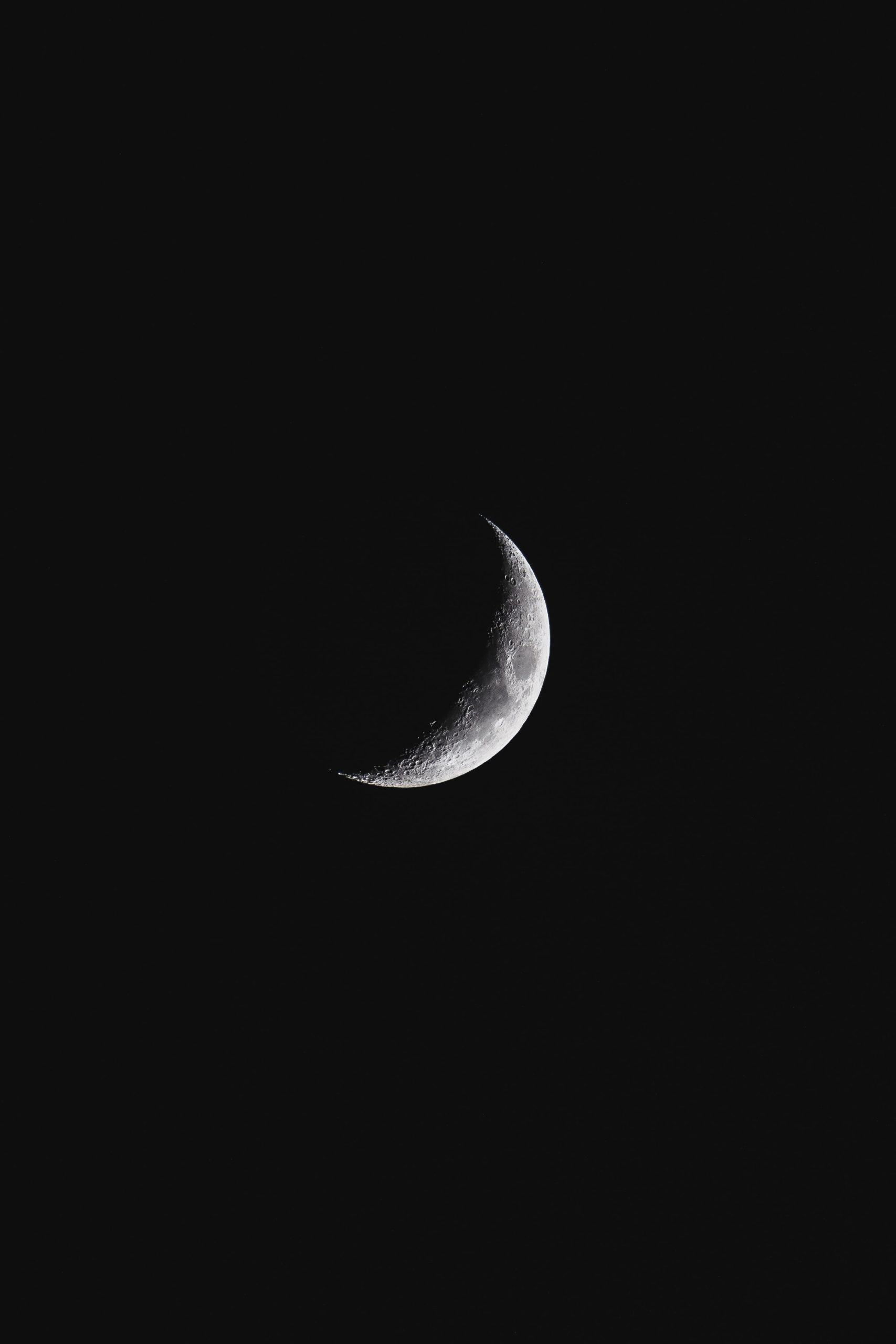Understanding the Phenomenon of the Red Moon Cycle
Have you ever looked up at the night sky and witnessed the breathtaking sight of a red moon? The stunning and mysterious phenomenon of a red moon, also known as a blood moon, has captivated humans for centuries. In this blog post, we will delve into the science behind the red moon cycle and explore its significance in various cultures. Get ready to embark on an astronomical journey!
What Causes a Red Moon?
A red moon occurs during a total lunar eclipse when the Earth lines up perfectly between the Moon and the Sun, blocking direct sunlight from reaching the Moon’s surface. However, some sunlight manages to reach the Moon indirectly after passing through Earth’s atmosphere. This light undergoes scattering, similar to how our sky appears blue during the day. During a lunar eclipse, Earth’s atmosphere scatters all the colors of sunlight except for red, which gives the Moon its unique crimson hue.
It’s important to note that not all lunar eclipses result in a red moon. The Earth’s atmosphere varies in density and composition due to factors such as pollution, volcanic activities, and atmospheric conditions during the eclipse. These variations can influence the color and intensity of the red moon, ranging from a deep red to a pale orange.
Types of Red Moon
There are three main types of red moons:
- Total Lunar Eclipse: This occurs when the Moon is completely obscured by Earth’s shadow, resulting in a total red moon. It is the most dramatic and dazzling type of red moon.
- Partial Lunar Eclipse: In this case, only a portion of the Moon passes through Earth’s shadow, leading to a partial red moon. It still showcases magnificent reddish tints but lacks the complete awe-inspiring effect of a total lunar eclipse.
- Penumbral Lunar Eclipse: The Moon only enters the Earth’s penumbra, which is the outer shadow, resulting in a subtle darkening of the Moon’s surface. Penumbral lunar eclipses are less noticeable and often do not produce a red moon.
Red Moon in Various Cultures
The red moon holds significant cultural and spiritual value in numerous civilizations around the world. Let’s explore some of these fascinating beliefs:
Astrology and Mythology
Astrologers and ancient cultures ascribed mystical meanings to the red moon. In many mythologies, the red moon was seen as a symbol of divine intervention or associated with deities and prophecies. For instance, in Norse mythology, the celestial body known as “Mani” was believed to be the personification of the moon. When the red moon appeared, it was often interpreted as a sign of impending change or a harbinger of otherworldly events.
In astrology, the red moon is linked to intense emotions, transformations, and spiritual breakthroughs. Some astrological traditions suggest that a red moon can heighten intuition, increase psychic abilities, and influence energy patterns.
Religious and Cultural Significance
Religions around the world have associated spiritual significance with the red moon. In Christianity, the red moon is sometimes connected to apocalyptic prophecies and considered a sign of the Second Coming of Christ. This connection is inspired by biblical verses such as Acts 2:20, which refers to the Moon turning into blood before the day of the Lord.
Similarly, other cultures and religions, such as Hinduism and Buddhism, have their interpretations of the red moon. In Hindu culture, a red moon is often linked to celebrations, rituals, and auspicious events. People believe it amplifies the divine energies present during certain ceremonies.
Observing a Red Moon
Experiencing a red moon in all its glory can be an awe-inspiring and unforgettable experience. Here are some tips for observing and capturing the magic:
Plan Ahead:
Stay updated on upcoming lunar eclipses and the visibility of red moons in your region. Various astronomical websites and apps provide accurate information on celestial events to help you plan ahead.
Choose the Right Spot:
Find a location with minimal light pollution to enhance your viewing experience. Being away from city lights will allow you to fully appreciate the deep red hues of the moon.
Equip Yourself:
While observing a red moon doesn’t require any special equipment, using binoculars or a telescope can provide you with a closer look at the Moon’s surface and reveal intricate details.
Photograph the Moment:
If you’re an avid photographer, capturing the red moon can yield stunning results. Use a tripod and adjust your camera settings for night photography to immortalize this celestial event.
Conclusion
The red moon cycle, with its mesmerizing beauty and rich cultural associations, continues to captivate people around the world. Whether you’re admiring its celestial grandeur or interpreting its mythical symbolism, the red moon offers a moment of connection between the vastness of the universe and the human spirit. So, mark your calendars for the next lunar eclipse and prepare to be enchanted by the captivating allure of the red moon!
Table of Contents
